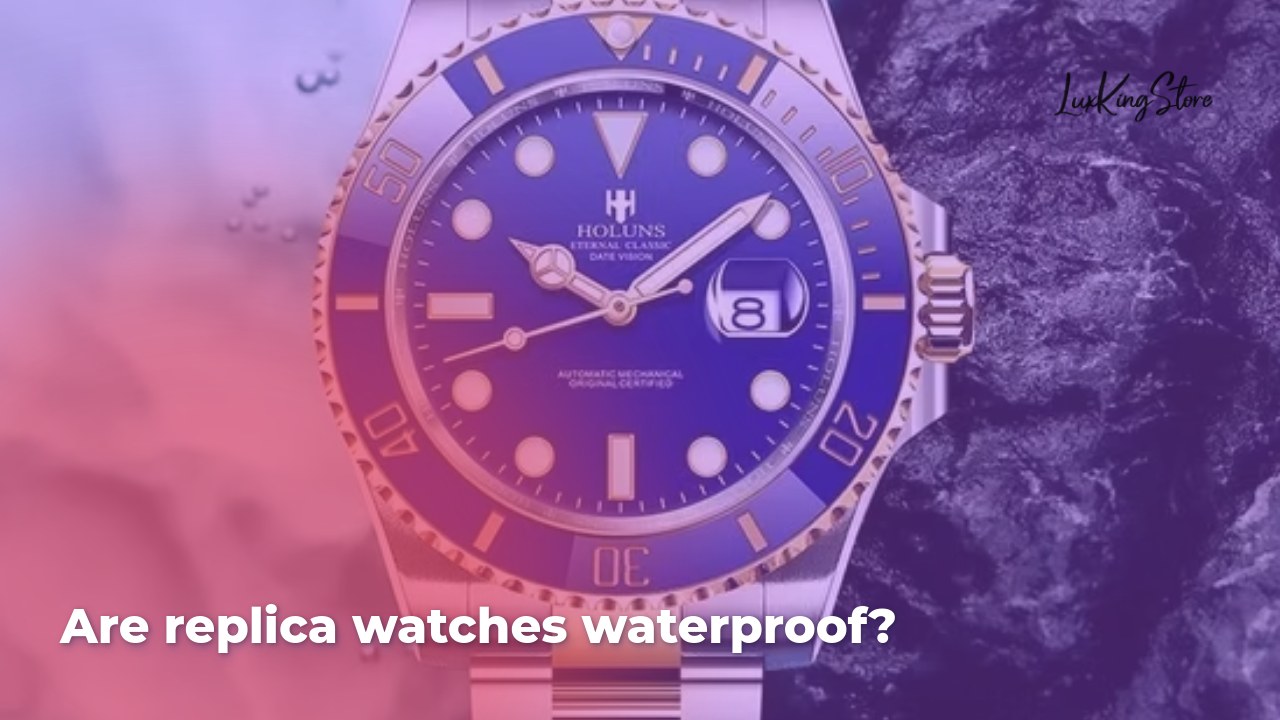Are replica watches waterproof?
Are Replica Watches Waterproof?
When considering the world of Are replica watches waterproof, the question of their water resistance can often lead to confusion and misconceptions. Many sellers tout their watches as “waterproof,” but what does that truly mean? Water resistance ratings can be misleading, and understanding them is essential for any potential buyer. In this exploration, we’ll dive into the nuances of water resistance in replica watches, separating fact from fiction and helping you make informed decisions.
Understanding the Waterproof Ratings of Replica Watches
Water resistance is classified into several ratings, each indicating the level of protection a watch offers against moisture. The water resistance rating is often displayed in meters (m) or atmospheres (ATM). Here’s a brief breakdown of these ratings:
- 30 meters (3 ATM): This rating typically means splash-resistant; suitable for minor exposure like rain or washing hands, but not for swimming.
- 50 meters (5 ATM): This allows for brief swimming but is not secure for diving or prolonged water exposure.
- 100 meters (10 ATM): Suitable for recreational purposes like snorkeling or water sports, but not deep diving.
- 200 meters (20 ATM): More professional level, often seen in dive watches, suitable for serious diving.
- 300 meters (30 ATM) and above: These are for professional divers, reliable under extreme underwater conditions.
A notable misconception is that these ratings reflect actual scenarios. In controlled laboratory conditions, a watch rated for 100 meters may pass tests, but in real-world situations, various factors can affect its performance, such as aging seals and heat exposure.
To illustrate, here’s a comparative list of typical water resistance tests:
| Rating | Depth | Suitable Activities |
|---|---|---|
| 30 meters (3 ATM) | Splash | Hand washing, light rain |
| 50 meters (5 ATM) | Shallow | Swimming, short submersions |
| 100 meters (10 ATM) | Intermediate | Snorkeling, recreational swimming |
| 200+ meters (20 ATM) | Deep | Diving, underwater exploration |
Water resistance is not a static attribute. With time, the integrity of gaskets and seals can diminish, often leading to water ingress. For this reason, regular maintenance is crucial.
Furthermore, many replica watches go through no rigorous testing, which raises concerns about their durability and reliability. The materials used in the production of these watches can vary greatly, often leading to weaker seals compared to genuine brands that undergo thorough quality control processes.
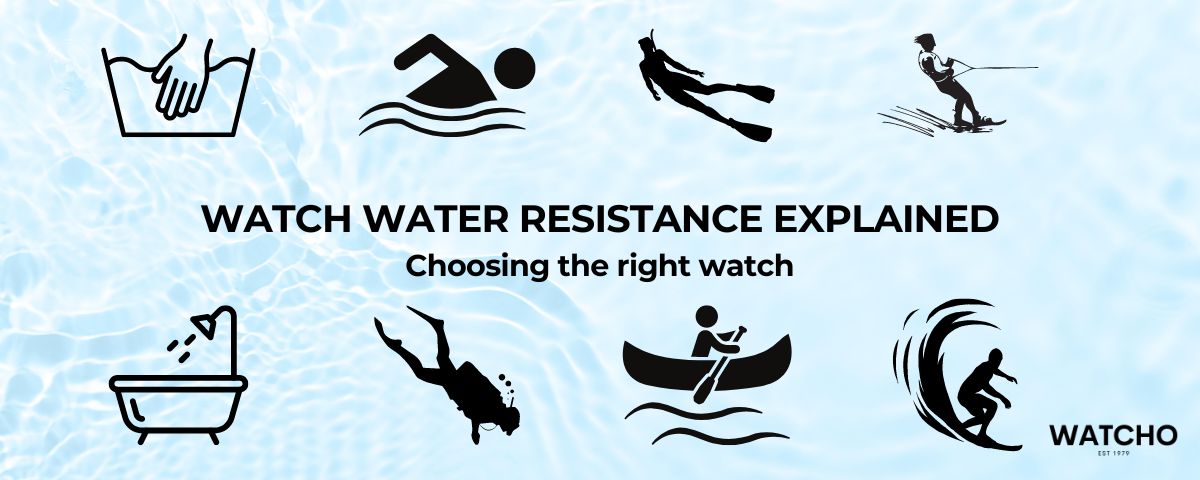
Common Myths About Replica Watches and Water Resistance
One of the most pervasive myths about replica watches is the assumption that they embody the same water resistance as their genuine counterparts, particularly when it comes to luxury brands known for their robust designs. This discrepancy arises principally from marketing claims that often exaggerate capabilities.
Myth 1: All replicas are equally water-resistant.
In reality, quality varies widely among manufacturers. While some replicas might claim high water resistance, many lack the essential construction elements like quality gaskets and proper sealing that ensure true functionality.
Myth 2: Water resistance means waterproof.
While “water-resistant” indicates a level of protection against moisture, it does not imply immunity to water damage. For instance, a watch rated at 50 meters can still sustain damage under prolonged submersion, particularly if used for activities like diving or hot showers.
Myth 3: If it looks like a genuine watch, it performs like one.
This belief often lures buyers into a false sense of security. Genuine watches undergo strict controls that replicate products cannot match. The illusion dissipates quickly when real-world elements outweigh average conditions.
Common Issues Reported:
- Moisture entering the watch face
- Fogging and condensation inside the crystal
- Functional failure after water exposure
For instance, a consumer who purchased a replica version of a well-known luxury watch reported that despite claims of a 100-meter water resistance, pairings of showers and handwashing resulted in water damage. Such accounts highlight the necessity of skepticism when evaluating water resistance claims from replica manufacturers.
Factors Affecting the Water Resistance of Replica Watches
Multiple factors contribute to the overall water resistance of a watch, particularly for replica models. Understanding these can aid buyers in making more informed decisions.
1. Quality of Materials Used:
Higher quality materials typically yield better water resistance capabilities. Genuine watches often utilize high-grade stainless steel, sapphire crystal, and rubber gaskets. In contrast, many replicas may resort to lower-quality metals and plastic, which compromise their durability over time.
2. Construction Methods:
The assembly process can greatly affect the watch’s protective ability. Genuine brands implement strict control procedures to ensure every part is properly fitted and sealed, while many replicas lack such rigorous standards. A poorly sealed case back or crown can easily allow water permeation.
3. Ratings and Real-World Testing:
As previously noted, many replicas lack authentic testing. Genuine watches undergo quality assessment in various conditions, ensuring they meet claimed ratings. In contrast, replicas may falsely advertise high ratings without actual proof, leading consumers to mistakenly believe their products are robust.
4. Environmental Exposure:
Factors such as humidity, temperature fluctuations, and even sunlight can degrade watch gaskets and seals over time. This deterioration often goes unnoticed until a watch fails during water exposure, leading to breakdowns.
To further illustrate these points, here’s a comparative overview:
| Factor | Genuine Watches | Replica Watches |
|---|---|---|
| Material Quality | High-grade stainless steel, sapphire | Often lower quality metals, plastic |
| Assembly Process | Labor-intensive, controlled | Often mass-produced, varied quality |
| Testing Standards | Rigorous ISO testing | Lack of standard testing |
| Environmental Considerations | Built to withstand various elements | Vulnerable to environmental degradation |
Understanding these elements helps in gauging the realistic capabilities of any potential purchase further, ensuring that buyers recognize the limitations of their wrist-wear.
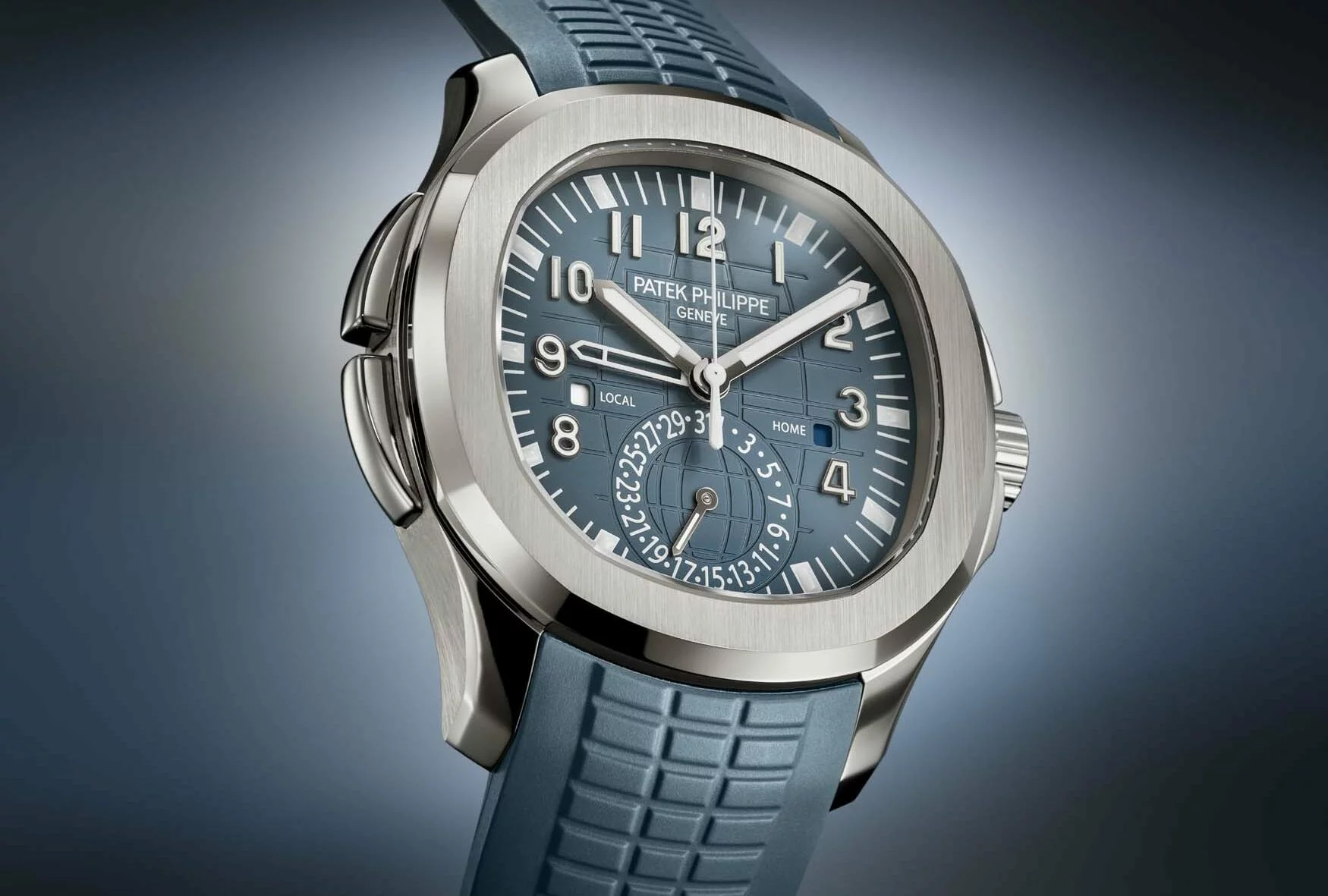
Comparison of Waterproof Features in Replica vs. Genuine Watches
When comparing waterproof features between replica watches and genuine brands, it’s essential to dissect key differences that impact performance and reliability.
1. Quality Control Standards:
Genuine brands undergo thorough testing to adhere to International Organization for Standardization (ISO) standards. For example, Rolex is known for its rigorous testing protocols that include various underwater conditions. In contrast, most replicas do not follow these stringent controls, leading to inflated and unreliable claims.
2. Material Durability:
The robustness of materials plays a significant role in water resistance. Genuine watches utilize advanced composites that are resistant to corrosion and wear, ensuring longevity. Many replicas, often made with inferior materials, lose their integrity over time, leading to compromised waterproof capabilities.
3. Component Quality:
Genuine watches feature high-quality gaskets and screws designed to withstand prolonged exposure to water. Conversely, many replicas use subpar components that wear down quickly under similar conditions, affecting their overall reliability.
4. Testing and Certification:
For instance, Seiko, known for its diving watches, includes certification for specific models, ensuring they can handle depths intended for diving. Many replicas merely state a depth rating without any actual testing to back these claims.
For a visual representation, here’s a straightforward comparison table:
| Feature | Genuine Watches | Replica Watches |
|---|---|---|
| Testing Method | ISO standards, comprehensive testing | Minimal to no testing |
| Material Quality | High-durability materials | Often low-quality substitutes |
| Warranty and Certification | Long warranties, certification documents | Rarely include any warranties |
| Customer Support | Robust support, brand recognition | Limited or no support |
Understanding these key distinctions aids in recognizing the value disparity between a genuine watch and a replica. As the market continues to evolve, staying informed becomes vital for ensuring an enjoyable wristwatch experience.
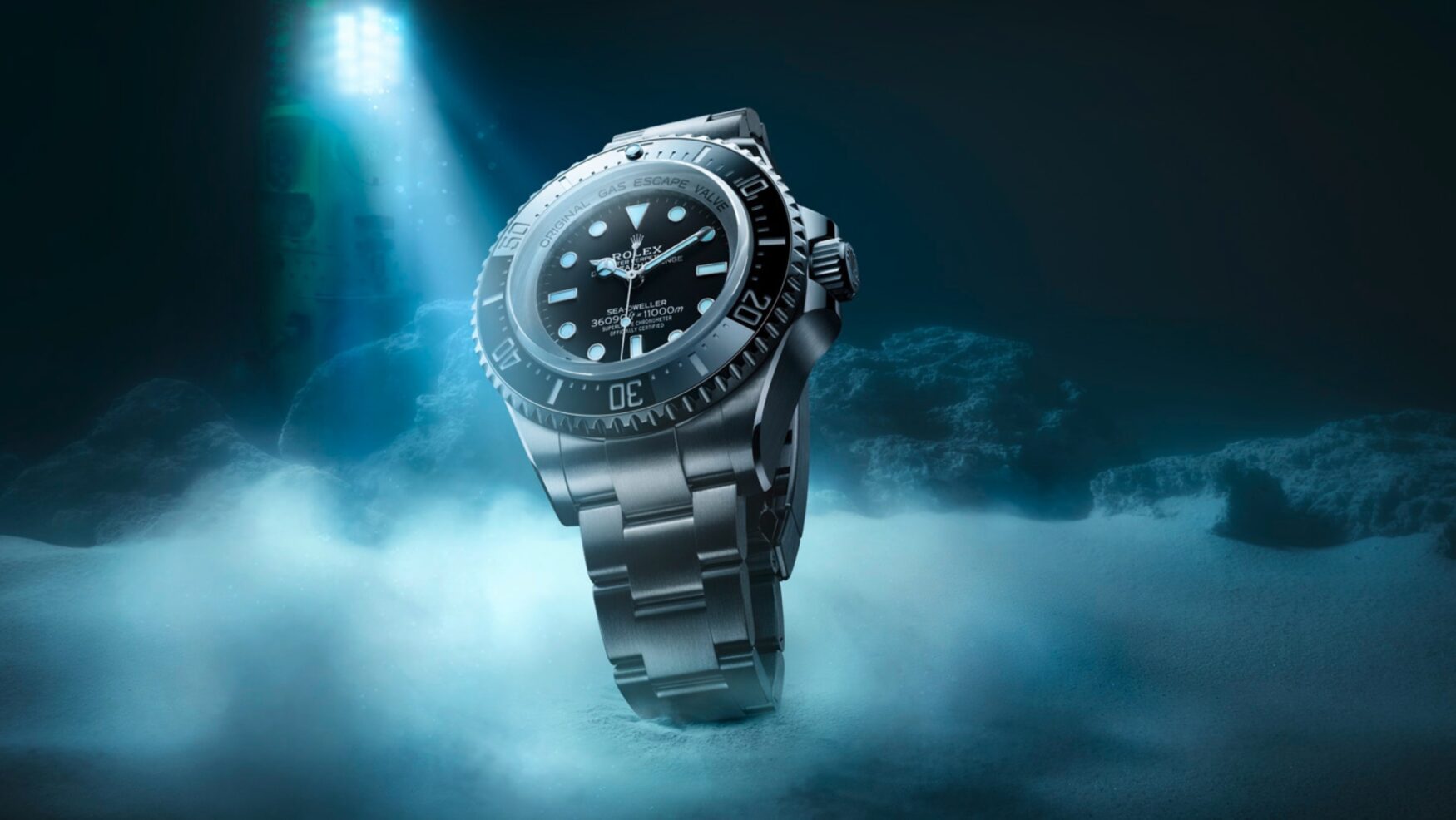
Popular Replica Watch Brands and Their Waterproof Claims
In the realm of replica watches, several brands have established a reputation for mimicking luxury designs while promoting dubious claims regarding water resistance. Understanding a few notable brands can assist potential buyers in evaluating their choices better.
- Alpha Watches: Known for its elaborate designs that closely resemble high-end products, Alpha often claims impressive water resistance levels, typically up to 100 meters. However, customer reviews frequently reveal concerns about moisture damage during ordinary activities like washing hands.
- Patek Philippe Replicas: Replicas of luxury models like the Nautilus may boast water resistance similar to the genuine article (30-50 meters). In practice, many users experience water-related issues, with reports of condensation inside after minimal exposure.
- Rolex Replicas: These are among the most popular in the replica market. While sellers claim water resistance stats like 100 meters, ongoing user experiences tell a different story. Many have witnessed failures during routine exposure to water, exposing the fragility of their claims.
- TAG Heuer Copies: They often claim high water resistance ratings of up to 200 meters. However, several consumer reviews indicate significant inconsistencies with such claims, with instances of watches malfunctioning after mild exposure.
In summarizing these points, here’s a list of notable aspects regarding popular replicas:
| Brand | Claimed Water Resistance | Common Issues Encountered |
|---|---|---|
| Alpha Watches | Up to 100 meters | Moisture entering the watch face |
| Patek Philippe | 30-50 meters | Condensation and fogging |
| Rolex | 100 meters | Functional failures beneath water |
| TAG Heuer | Up to 200 meters | Malfunctions during water exposure |
While these brands may attract interest due to their designs and marketing claims, buyer discretion is advised to avoid disappointment.
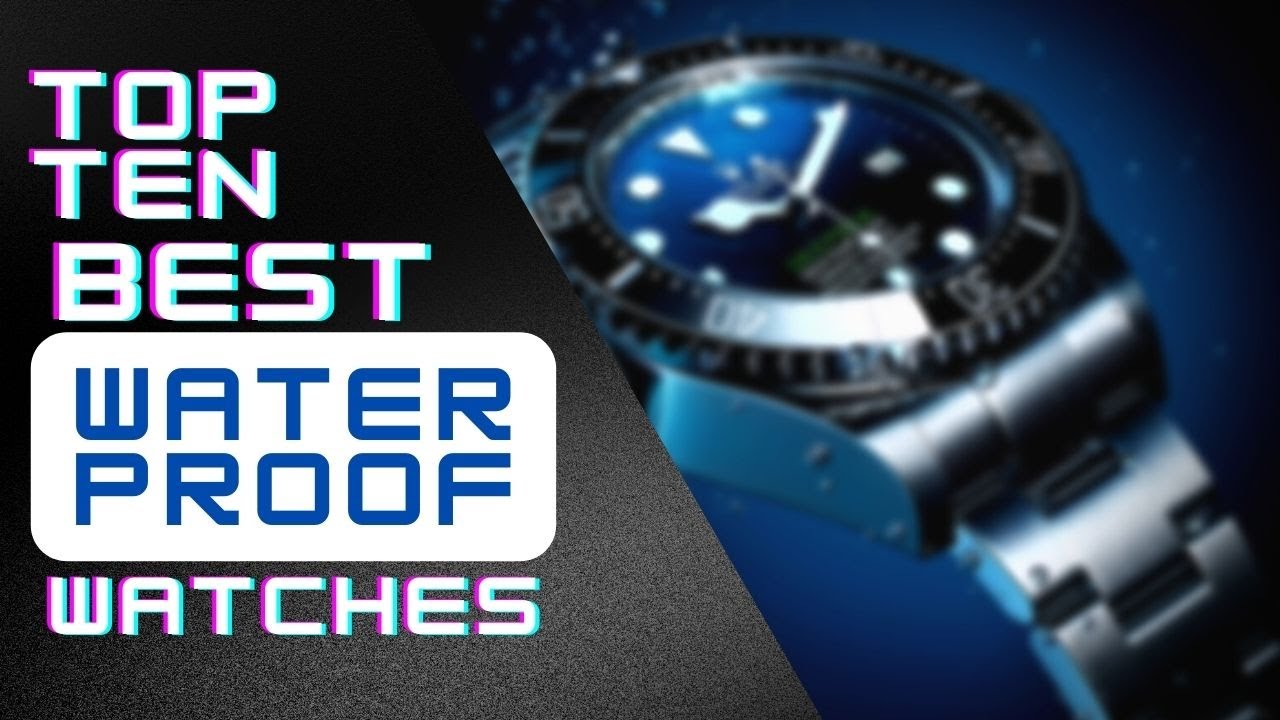
User Experiences: Waterproof Performance of Replica Watches
User experiences provide invaluable insights into the actual waterproof performance of replica watches. While some buyers may encounter satisfactory results, many have faced significant disappointments that reveal the true nature of these timepieces.
One user who purchased a replica Omega watch reported that, although it initially seemed to be water-resistant, after a few accidental splashes, condensation appeared under the glass. This led to concerns about mechanical failure, underscoring a wider trend observed among consumers.
Another customer described their experience with a Mexican brand imitation of a Rolex. Despite promotional claims of being suitable for light swimming, the watch malfunctioned after being worn in the shower, leading to significant maintenance concerns. These anecdotal accounts reflect a common pattern of trust being broken due to exaggerated marketing.
While some users have modified their watches to enhance water resistance such as changing gaskets or applying lubricants this is often a gamble. Here’s a summary of common user findings:
| Experience | Observation |
|---|---|
| **Frequent Malfunction** | Claims of water resistance often overstated. |
| **Condensation Issues** | Often reported after contact with water. |
| **Satisfaction with Mods** | Users modifying watches often report better outcomes. |
| **Purchasing Regrets** | Many express disappointment, questioning authenticity. |
In essence, while there may be marginal cases where a replica performs better than expected, the overarching narrative suggests that buyer caution is crucial when navigating this market.
Maintenance Tips for Keeping Replica Watches Water-Resistant
To ensure the longevity and water resistance of a replica watch, proper care and maintenance are essential. Here are detailed tips that can help in maintaining the functionality of your watch.
1. Check Water Resistance Rating:
Know your watch’s rating and understand what it truly entails. If it is only rated for splash resistance, treat it accordingly and avoid exposing it to water whenever possible.
2. Use Quality Gaskets:
Consider replacing factory gaskets with higher-quality options. Investing in quality rubber gaskets can significantly enhance your watch’s protection against water ingress.
3. Regular Greasing:
Apply silicone grease to gaskets, especially whenever the watch is opened for battery changes or repairs. This preventive measure can help maintain the seals and ensure they function properly over time.
4. Conduct Water Resistance Testing:
Utilize a pressure tester at a local watch service or DIY pressure testing kits available online. This step helps identify potential leaks that could result in damage if left unattended.
5. Avoid Water Exposure:
Even if your watch is rated for moderate water resistance, it’s wise to avoid submerging it unnecessarily. Activities like swimming or showering could expose it to circumstances surpassing its capabilities.
6. Professional Servicing:
Have your watch serviced by professionals at set intervals. A complete cleaning of the internal mechanisms and a check on the seals can prevent moisture penetration and prolong your watch’s lifespan.
These proactive measures are key to extending the life and functionality of your replica watch, maintaining its visual appeal while managing its limitations effectively.
Frequently Asked Questions (FAQs)
- Are all replica watches waterproof?
- Not all, and many are only splash-resistant. Always check specific ratings.
- What constitutes water resistance in watches?
- It’s a measure of how well a watch can withstand water exposure, rated in meters or ATM.
- Can I swim with my replica watch?
- It depends on the rated water resistance. Always confirm specific ratings before swimming.
- How often should I service my replica watch?
- Regular servicing is recommended at least once a year to maintain functionalities, especially seals.
- What should I do if my watch gets wet?
- If it gets submerged, take it to a professional as soon as possible for a thorough inspection.
Key Takeaways
- Understand the difference between splash resistance and submersion capabilities.
- Replica watches often cannot compete with genuine brands regarding water resistance.
- Regular maintenance and servicing can help extend the functionality of replica watches.
- User experiences often reveal the discrepancies between claimed and actual water resistance.
In conclusion, navigating the waters of replica watch water resistance requires a discerning approach. While some replicas might present attractive designs and appealing price points, their water resistance is often exaggerated and inconsistent. Being informed about ratings, potential pitfalls, and maintenance practices is crucial for anyone considering purchasing a replica watch. Ultimately, prioritizing quality, understanding limitations, and considering professional guidance can ensure that your choice withstands the test of time and moisture, safeguarding both your investment and style.
You Can See More Product: Are replica watches waterproof?
Google Search Keywords:
- Are replica watches waterproof?
- Water resistance in watches explained
- Common myths about replica watches
- How to maintain a replica watch
- Differences between real and replica watches
Suggested Titles for Future Articles:
- Top 10 High-Quality Replica Watches: What You Need to Know
- How to Spot a Good Replica Watch
- The Pros and Cons of Owning Replica Watches
- Care and Maintenance Tips for Luxury Watches
- Understanding Watch Movements: Quartz vs. Automatic

